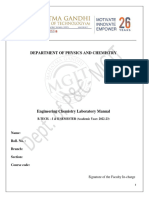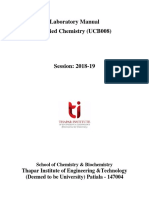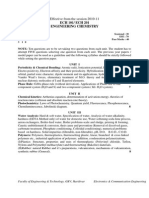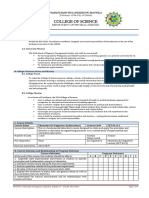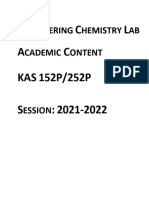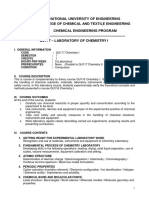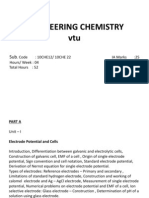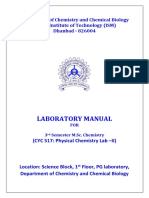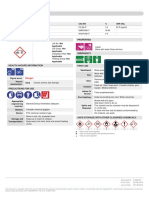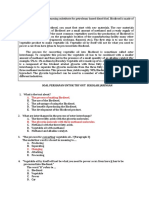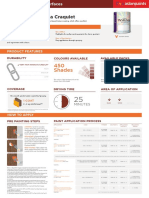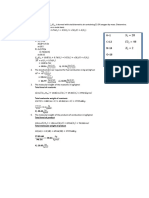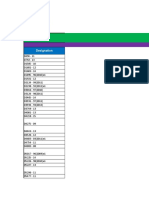0% found this document useful (0 votes)
287 views10 pages109 Basic Science Lab
The document provides details about the Basic Science Lab course including course code, title, credits, teaching scheme, course outcomes, experiments conducted, assessment details, references. The course aims to provide practical knowledge in physics and chemistry. Students will learn to perform experiments and calculate results to verify scientific principles and analyze samples.
Uploaded by
Inking LensCopyright
© © All Rights Reserved
We take content rights seriously. If you suspect this is your content, claim it here.
Available Formats
Download as PDF, TXT or read online on Scribd
0% found this document useful (0 votes)
287 views10 pages109 Basic Science Lab
The document provides details about the Basic Science Lab course including course code, title, credits, teaching scheme, course outcomes, experiments conducted, assessment details, references. The course aims to provide practical knowledge in physics and chemistry. Students will learn to perform experiments and calculate results to verify scientific principles and analyze samples.
Uploaded by
Inking LensCopyright
© © All Rights Reserved
We take content rights seriously. If you suspect this is your content, claim it here.
Available Formats
Download as PDF, TXT or read online on Scribd
/ 10

